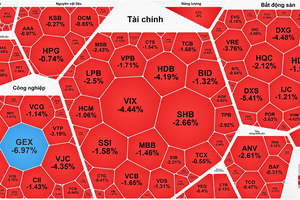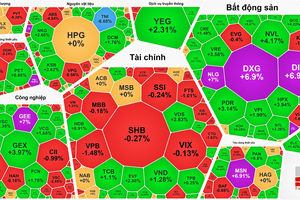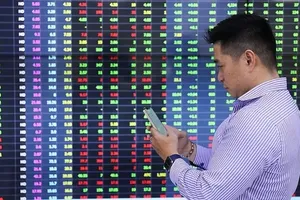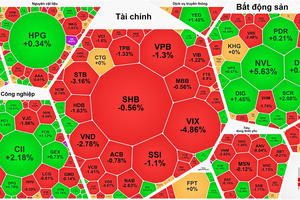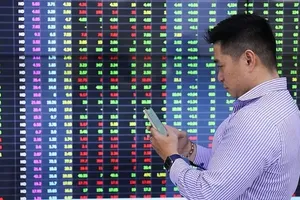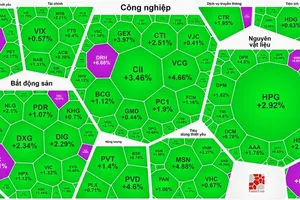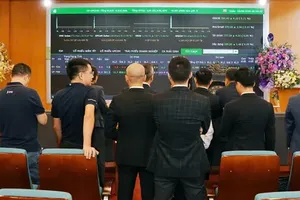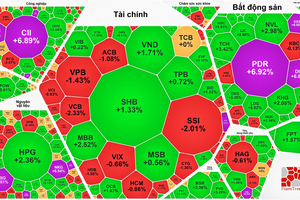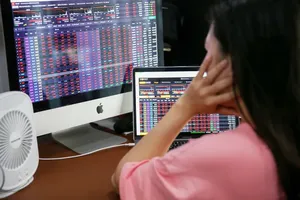
Nhat Viet Securities (VFS) hosted a seminar titled “Vietnam Stock Market Outlook 2025: Shaping a New Growth Cycle through Domestic Strength” on July 17 in Ho Chi Minh City. Experts attending the event noted that despite turbulence in the first half of 2025—driven by global macroeconomic instability, US retaliatory tax policies, and geopolitical tensions—the Vietnamese stock market has rebounded robustly.
By mid-July, the VN-Index had risen more than 6 percent, fueled by significant progress in Vietnam’s negotiations on reciprocal taxation and its increasingly pivotal role in global supply chains. These developments are setting the stage for a positive market trajectory in the latter half of the year, opening up a wide array of potential investment opportunities.

Mr. Nguyen Minh Hoang, Director of VFS’s Analysis Department, said the market is entering a “megatrend” phase in the second half of 2025, supported by a sustained low-interest-rate environment and sweeping new policy reforms. He expects capital inflows to accelerate sharply, especially since early July, with foreign investors returning to net buying. He projected the VN-Index could reach 1,600 points, based on a forward P/E ratio rising from 13 to 15 times earnings.
Dr. Can Van Luc, Chief Economist at BIDV, viewed Vietnam’s 7.52 percent GDP growth in the first half of 2025 as highly encouraging. He cited multiple bright spots including broad-based economic momentum, balanced recovery, institutional breakthroughs, and ongoing administrative streamlining. Based on these foundations, Dr. Can Van Luc forecast GDP growth to reach between 7.5 and 7.7 percent for the full year and accelerate to between 9 and 10 percent in 2026—rates he described as impressive not only within the region but globally.
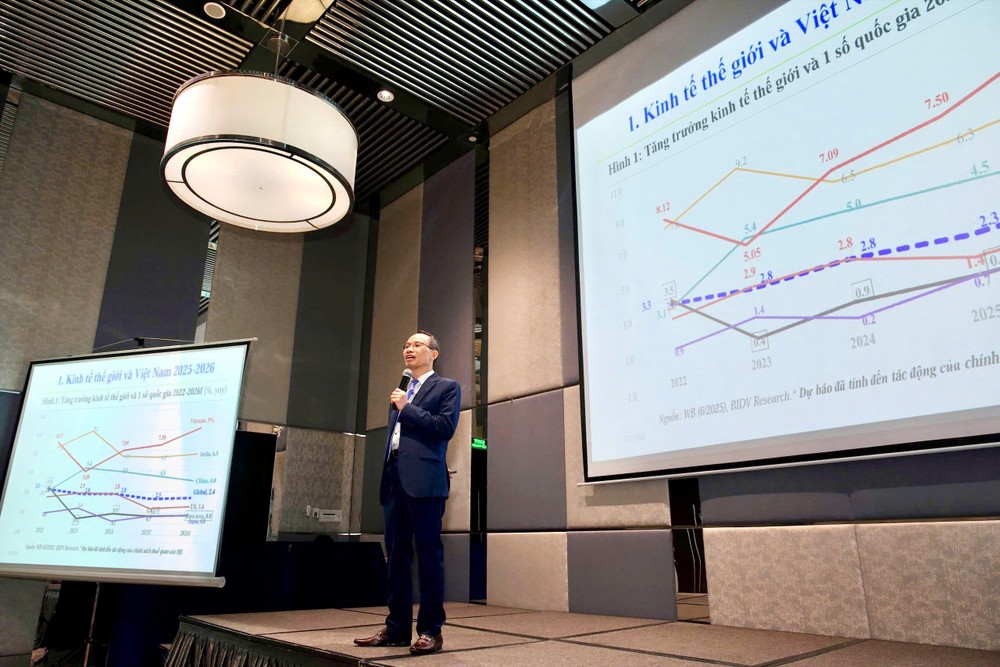
To mitigate the impact of US reciprocal tax measures, Dr. Can Van Luc urged the Vietnamese government to intensify dialogue and negotiations with the US, address key trade concerns, and implement timely solutions to rebalance the trade relationship. He also emphasized the need to restructure the economy, boost internal capacity, and focus on other growth drivers such as investment and consumption, while tapping into new ones like services exports.
On the topic of capital markets, Dr. Can Van Luc called on the Ministry of Finance and the State Securities Commission (SSC) to accelerate regulatory and institutional reforms. He stressed the importance of enhancing market oversight and fast-tracking Vietnam’s stock market reclassification to emerging status.
Clearinghouse mechanism key to market upgrade
The SSC unveiled its roadmap for implementing a central counterparty clearing (CCP) system for the basic securities market—a critical reform aimed at upgrading Vietnam’s stock market from frontier to emerging status on July 17. The target is to fully deploy the CCP mechanism by 2027.
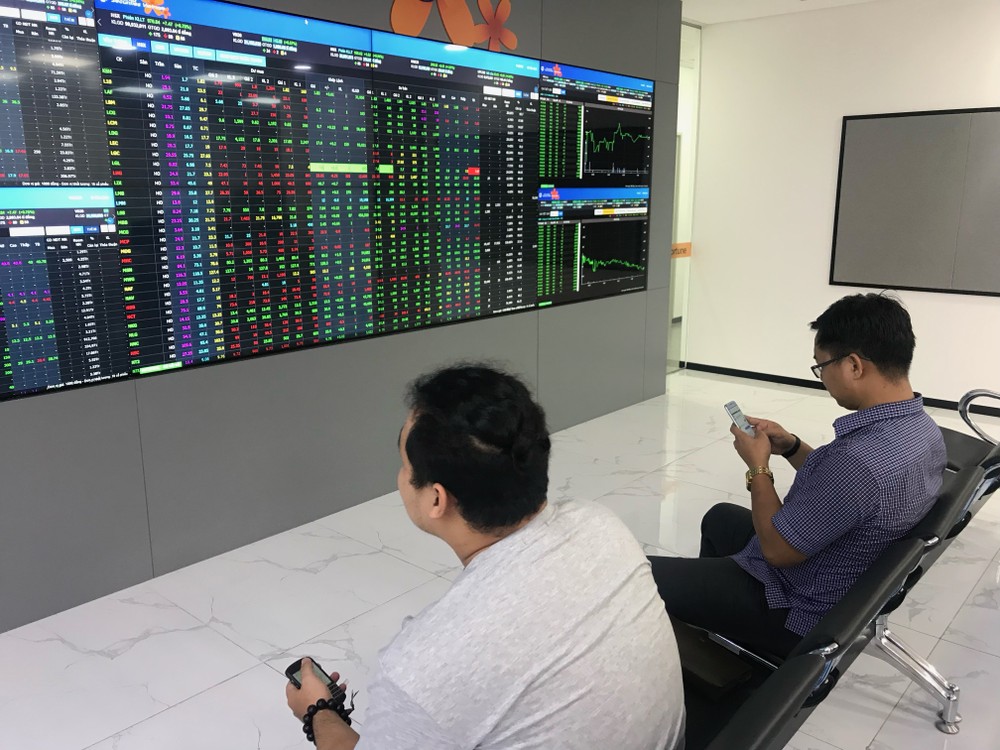
Under the plan, by the third quarter of 2025, the SSC, in coordination with the Vietnam Securities Depository and Clearing Corporation (VSDC) and other stakeholders, will replace Circular 89/2019 on accounting guidelines for VSDC. This will include issuing new accounting rules to accommodate CCP operations. The SSC will also approve the establishment of a wholly State-owned clearing company and finalize a capital injection plan for VSDC, pending higher-level approval.
From 2026 onward, VSDC will begin technical preparations, infrastructure readiness, member training, and trial runs to ensure smooth implementation. By the first quarter of 2027 at the latest, the CCP system will be operational in the basic securities market.
The implementation of the CCP mechanism marks a critical step in Vietnam’s efforts to upgrade its stock market from frontier to emerging status. The launch of the CCP mechanism is expected to significantly enhance investor buying power. Instead of requiring a 100-percent margin deposit before executing a trade, investors will only need to meet margin requirements set by clearing members—estimated between 10 to 20 percent. Beyond boosting market liquidity, CCP will also bolster payment safety, enable cross-market risk control, and contribute to the overall stability of Vietnam’s financial system.
